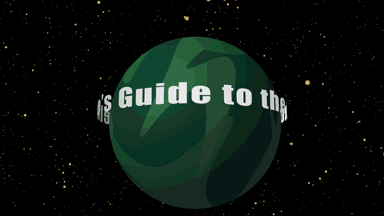Scienceline’s Guide to the Exoplanets: The Gas Miniature
Kepler-138d: The opposite of a hot Jupiter?
Rahul Rao • September 28, 2020

The Gas Miniature
Kepler-138d
Discovered by: Kepler
Discovered: 2014
Distance from Earth: ~218 light-years
Mass: ~1.17 Earth masses
Radius: ~1.20 Earth radii
Surface climate: Gassy
Habitability for humans: Too hot
On the surface, you might look at those mass and radius numbers and imagine that this world, the outermost of three known planets orbiting a red dwarf, is a rocky planet not unrecognisable to those in the inner Solar System. Perhaps you might then start looking at temperatures, trying to find if it’s in the star’s habitable zone; perhaps you might then start looking for signs of liquid water.
In fact, the inner two planets around Kepler-138 are both rocky super-Earths. But for that third planet, the reality is quite different.
Kepler-138d isn’t dense enough to be a rocky, terrestrial planet. Some astronomers have suggested that this could be accounted for by a large amount of water ice, but that is also unlikely; the planet is still too close to its star to be in the habitable zone, and any ice likely would have long been transformed into water vapor.
Instead, it’s likely that Kepler-138d isn’t predominantly made of solid matter at all; instead, scientists think that Kepler-138d may be one of the smallest known gas planets.
We might be used to thinking of gas planets as many times the mass and size of Earth, and they can be. Obviously, the largest planets in the solar system are gas planets. Beyond that, astronomers have found gas planets that are as much as ten times Jupiter’s mass, pushing well into the boundary regions between the largest planets and the smallest stars.
On the other end of that scale lie planets like Kepler-138d, which astronomers classify as a “mini-Neptune” or a “gas dwarf.” These can get very small indeed — in Kepler-138d’s case, as small as Earth mass and Earth size.
What next? Like all of the gas planets in our solar system, Kepler-138d might have moons; astronomers have already begun looking for them.
Perhaps more compelling is the question of how Kepler-138d formed in the first place. It’s not really clear how gas planets this small can form, especially as close to its star as Kepler-138d lies. Understanding that could be a key element in understanding how gas planets — and all planets of all shapes and sizes and forms — originate.